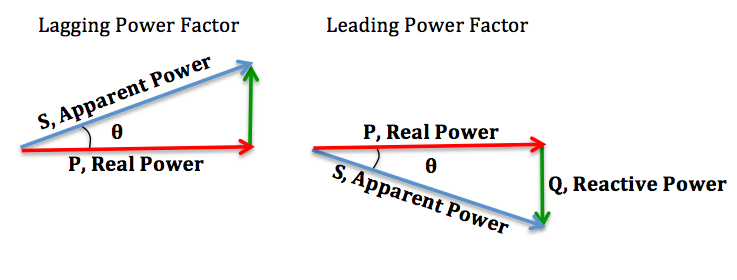Power factor
rayleighconnect™ collects many electrical energy parameters. One of them is power factor.
What is power factor?
Power factor is a measure of how effectively electrical power is being converted into useful work output in an electrical system. It is the ratio of real power (in watts) to apparent power (in volt-amperes), where real power is the actual power consumed by a device or system to perform useful work, and apparent power is the product of voltage and current supplied to the system.

Power factor values
In an ideal electrical system, real power and apparent power are equal, resulting in a power factor of 1, which means all the supplied power is being used efficiently. However, in real-world electrical systems, due to the presence of inductive or capacitive loads (such as motors, transformers, and fluorescent lighting), the current may lead or lag behind the voltage, causing a phase difference. This results in a situation where the real power is less than the apparent power, leading to a power factor that is less than 1.
A power factor less than 1 indicates that a portion of the supplied power is not being used effectively and is being wasted as reactive power, which doesn't perform useful work but still flows through the system. Low power factors can lead to increased energy costs, reduced system efficiency, and potential issues with equipment performance and voltage regulation.
Power factor correction
Power factor correction techniques, such as adding capacitors or using power factor correction devices, are employed to improve power factor and optimize the efficiency of electrical systems by minimizing reactive power and reducing energy consumption.